EU: Changes in SME Scheme and Implications for Small Businesses

Small and medium enterprises (SMEs) represent 99% of all businesses in the EU and are the driving force of Europe's innovation and entrepreneurship. To support SMEs and ease the disproportionate VAT burden, the EU introduced an SME scheme in 2020, which has been amended.
These changes are expected to significantly impact SMEs, especially those involved in cross-border activities within the EU, starting from January 1, 2025.
The Impact of Revised SME Scheme
Historically, the SME scheme allowed a variety of VAT exemption thresholds from one EU Member State to another. The new framework standardizes the maximum threshold at EUR 85,000 or the equivalent in Member State national currency and extends eligibility to SMEs operating across borders. To qualify, an SME must have at most EUR 100,000 in annual turnover across all EU Member States and stay below the EUR 85,000 VAT threshold in any specific Member State.
SMEs might not charge VAT in their home countries but will collect it when selling to consumers in other Member States. Also, it is essential to state that Member States can no longer make differences between established and non-established businesses when setting thresholds.
To benefit from VAT exemptions in a Member State where they are not established, SMEs must notify the Member State where they are established and obtain a specific VAT identification number with an "EX" suffix in the Member State of establishment. The Member State may use or modify the existing VAT identification number. This is a novelty with current rules, where Member States are not required to register those covered by the SME Scheme.
Regarding the reporting requirements, each calendar quarter, SMEs registered for VAT exemption in a Member State where they are not established must report:
The total value of supplies made in the Member State of the establishment (or "0" if none);
The total value of supplies made in other Member States (or "0" if none).
This information must be reported within one month after the end of each calendar quarter. Also, when the threshold at the EU level is exceeded, SMEs must notify the Member State of establishment within 15 working days and report the value of supplies made from the start of the current calendar quarter up to the date the threshold was exceeded.
Conclusion
These changes to the SME Scheme represent the EU's efforts to reduce VAT compliance burdens for small enterprises. Although aimed at EU SMEs, these changes may also affect other businesses involved in transactions with SMEs. Finally, non-EU businesses will not benefit from the SME Scheme and must register for VAT purposes from the first sale.
Source: Council Directive (EU) 2020/285, Council Regulation (EU) No 904/2010, European Commission

Featured Insights

Angola’s E-Invoicing Mandate: Phased Implementation Continues Into 2026
🕝 December 10, 2025
VAT Deduction and Business Succession: When Do Advisory Costs Serve the Company’s Interest?
🕝 December 8, 2025
Europe’s Plastic Fiscal Shift: Why Italy’s Plastic Tax Now Starts in 2027
🕝 December 3, 2025
The Decline of Low-Value Import Exemptions: Closing Gaps in Cross-Border E-Commerce
🕝 November 20, 2025More News from Europe
Get real-time updates and developments from around the world, keeping you informed and prepared.
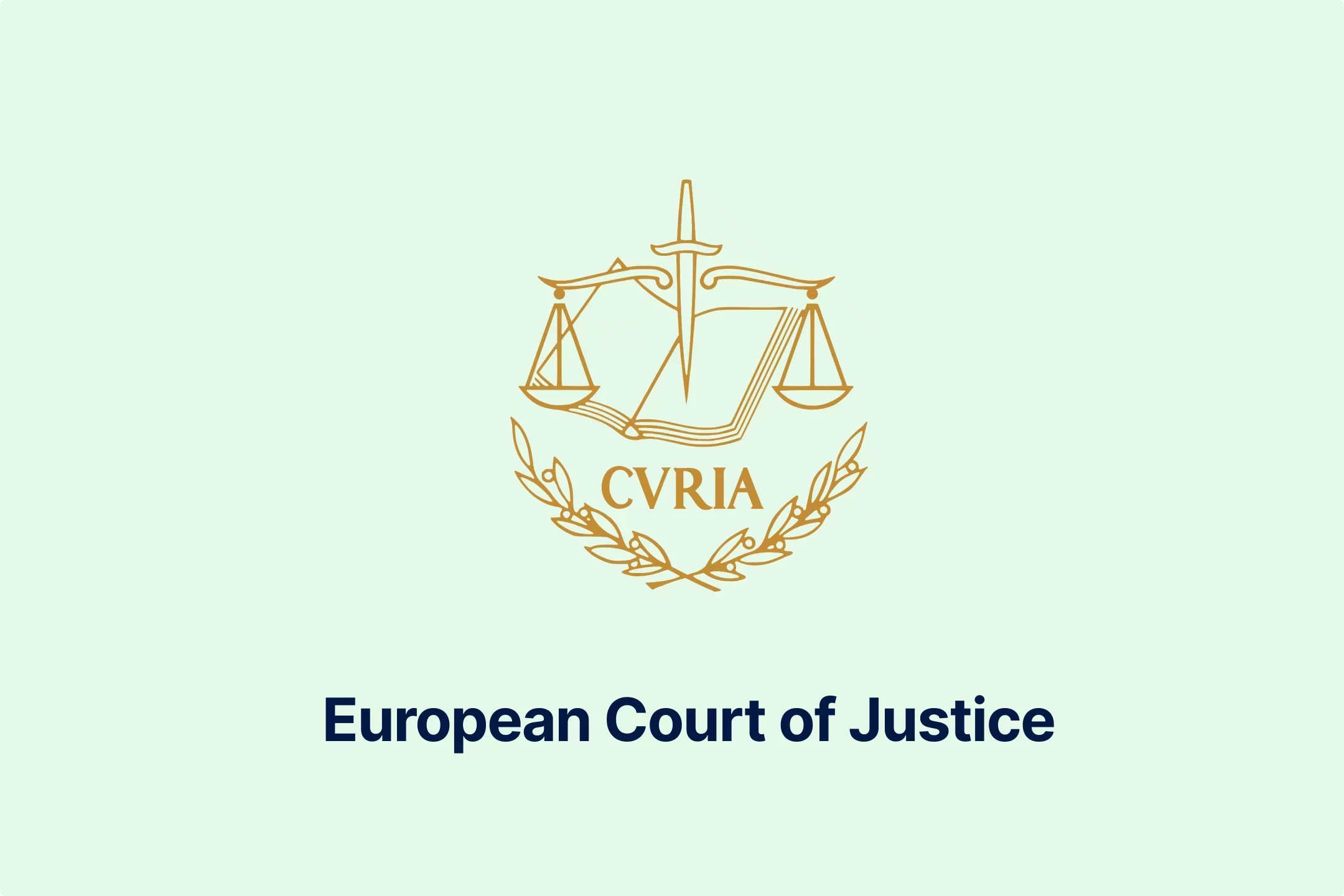
EU Law Primacy in VAT: ECJ Rules on Hungarian National Practice

Appstore VAT Ruling: Who owns your In-App Purchase tax? C-101/24
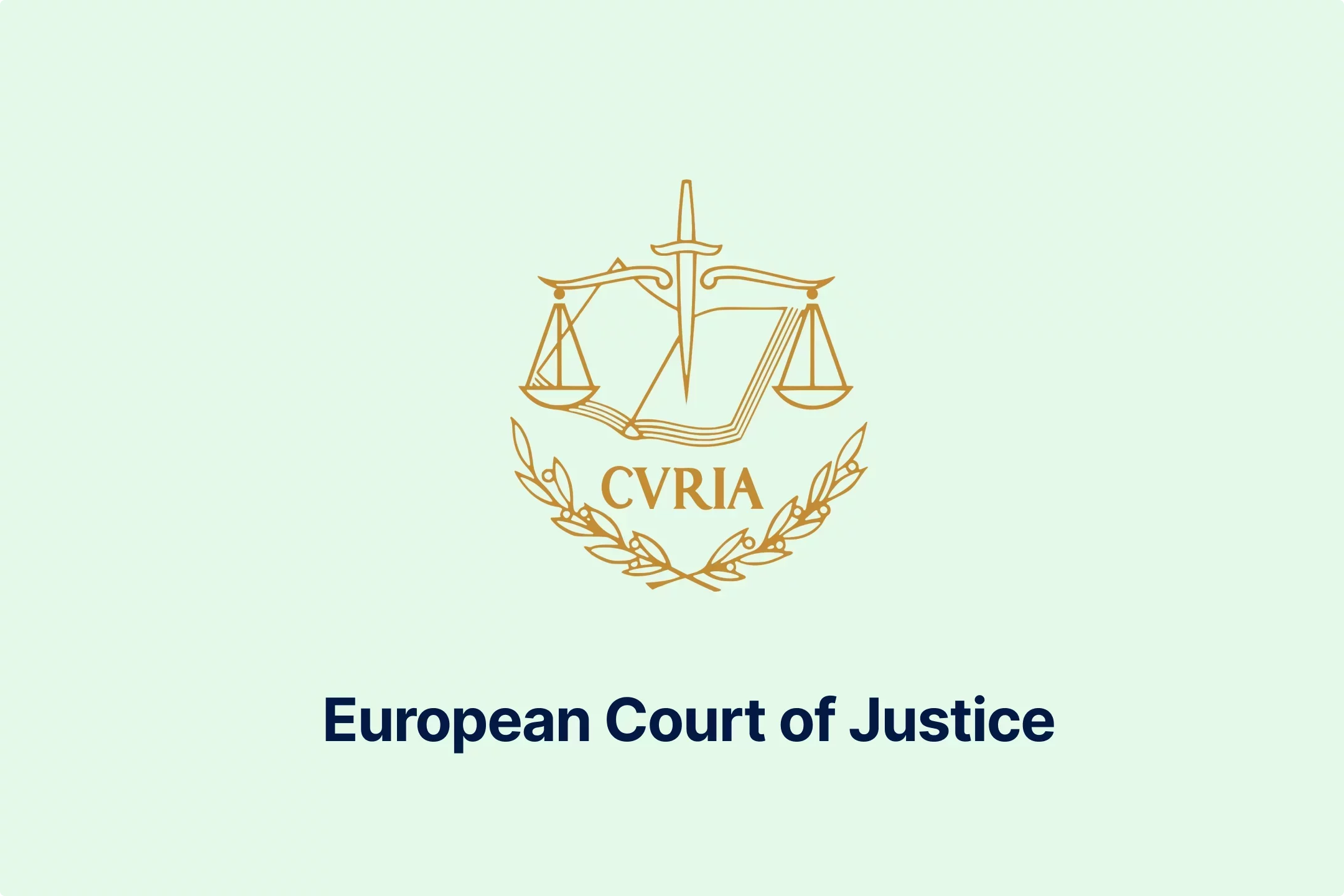
VAT Treatment of EU-Funded Projects for Non-Profit Associations

Right to Deduct VAT on Fixed Asset Reconstruction: Court Ruling
-7xsxxoypnx.webp)
Italy’s EUR 1 Billion VAT Dispute with Meta, X, and LinkedIn Explained
-l0zcrrzvhb.webp)
EU 5% Digital Service Tax Could Generate EUR 37.5 Billion: CEPS Study

Restrictions on VAT Deduction: Key Legal Cases & Compliance Insights
-qsozqjwle2.webp)
EU Parliament Approves ViDA: VAT Reforms & Digital Tax Compliance

-e9lcpxl5nq.webp)

-7acdre0hop.webp)

-lcgcyghaer.webp)
-ol6mdkdowg.webp)
-aqdwtmzhkd.webp)

-njgdvdxe2u.webp)
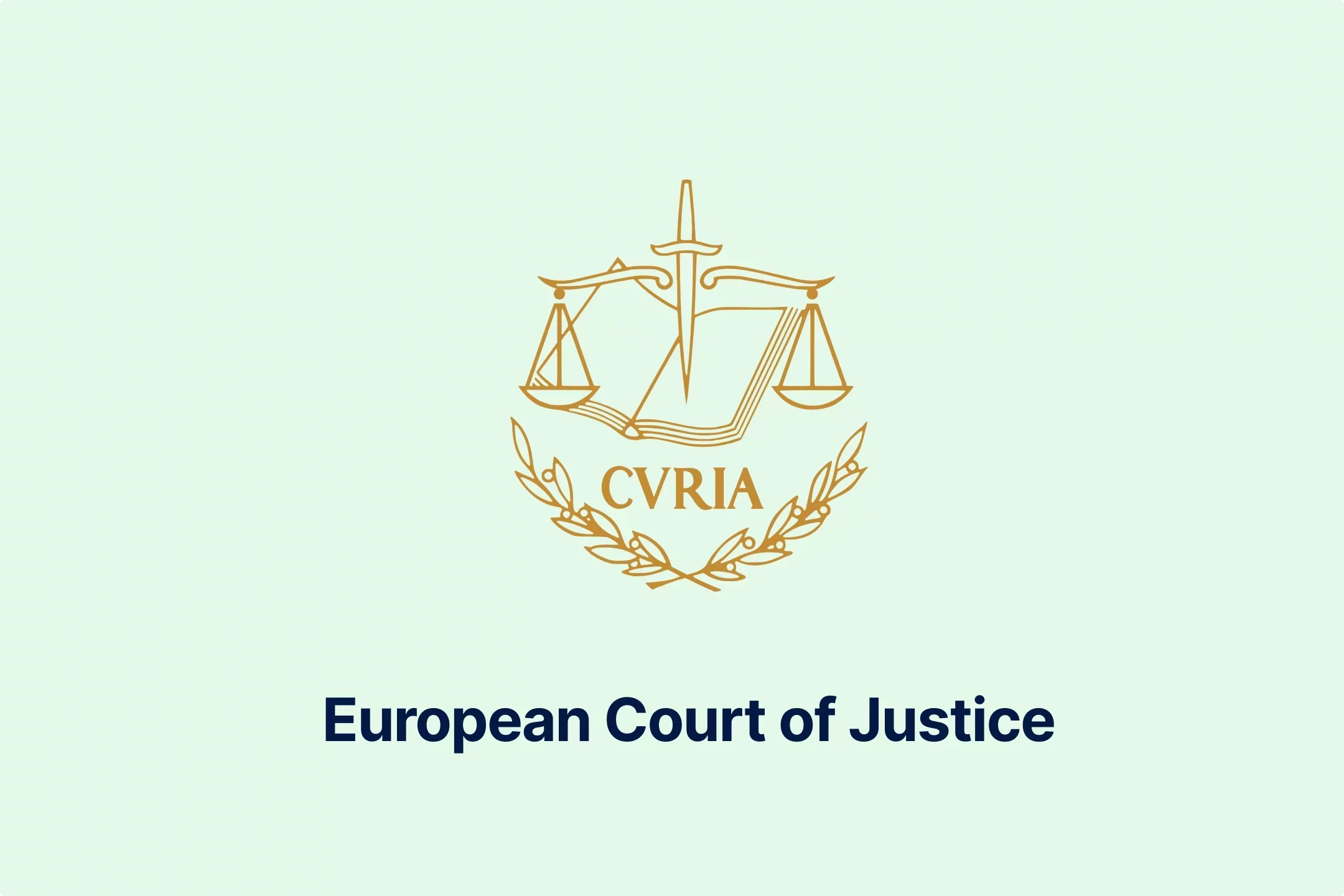


-i6rki3jbad.webp)
-hdwgtama05.webp)

-atbhy5fyxv.webp)




-zp2n6zixoa.webp)
-oa1ynbm4sn.webp)

-lltkno6txy.webp)


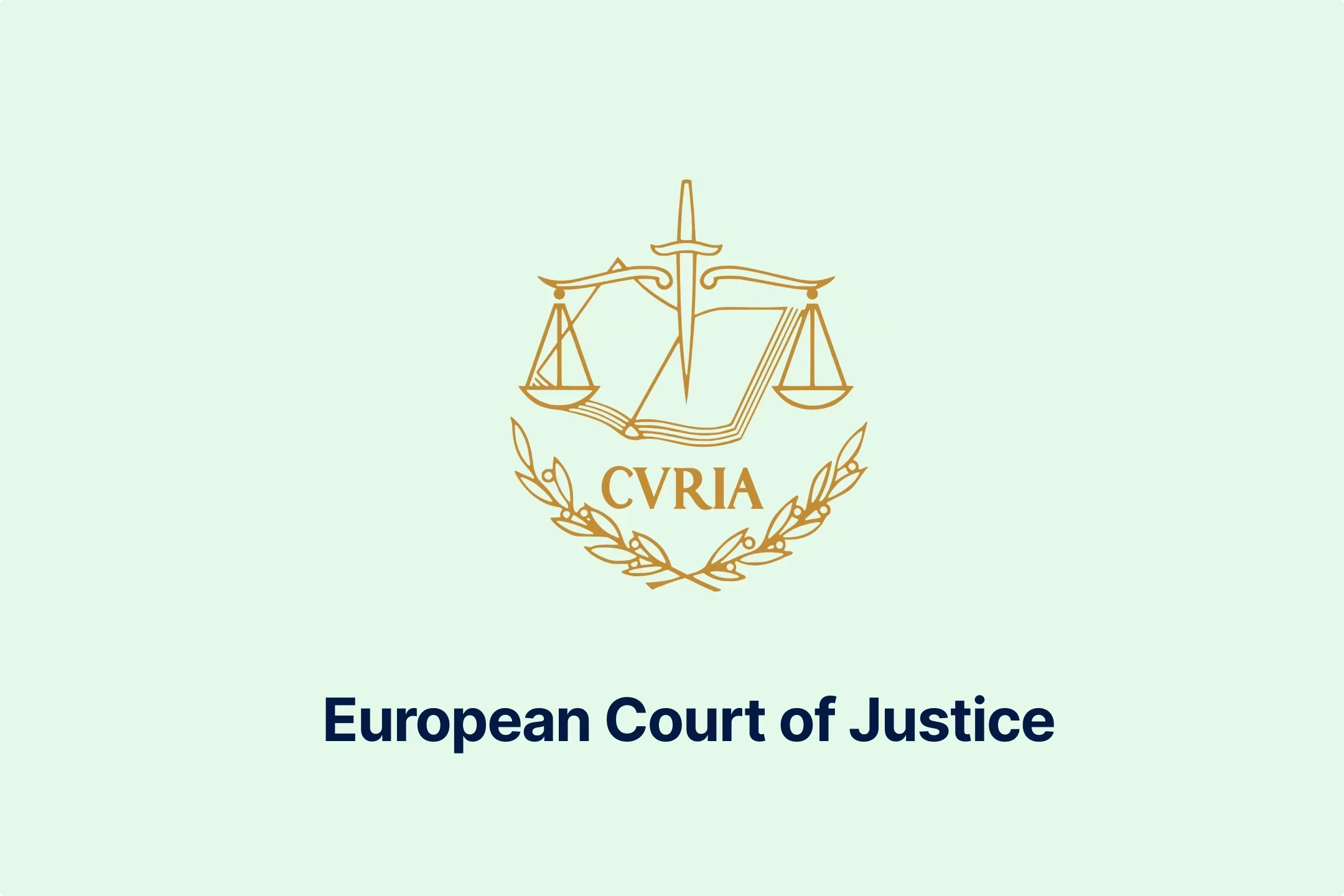
-do38odrqnq.webp)

-t409oldqzt.webp)
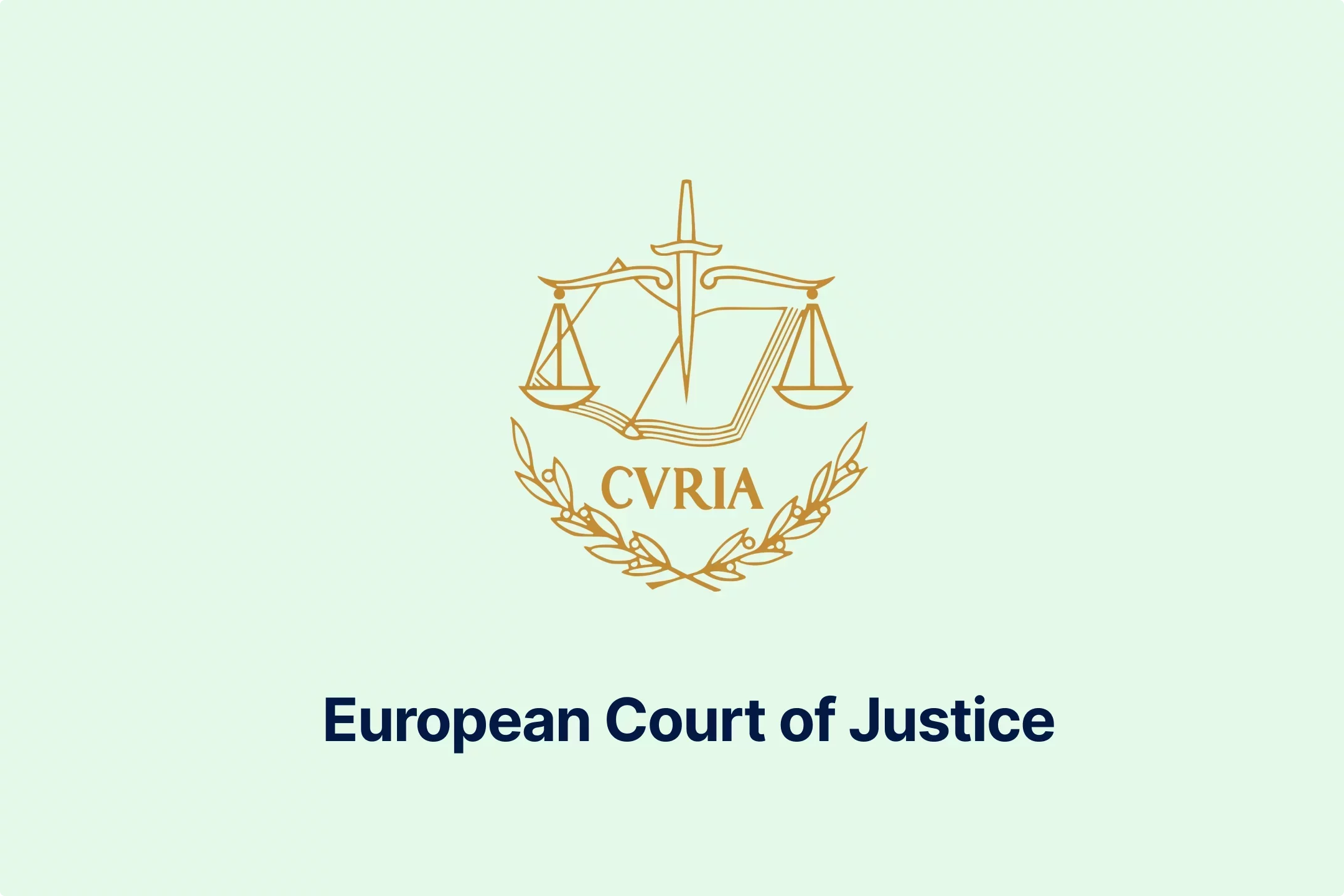
-hordopb6xh.webp)

-ooimnrbete.webp)

-lwb5qpsily.webp)


-eumafizrhm.webp)
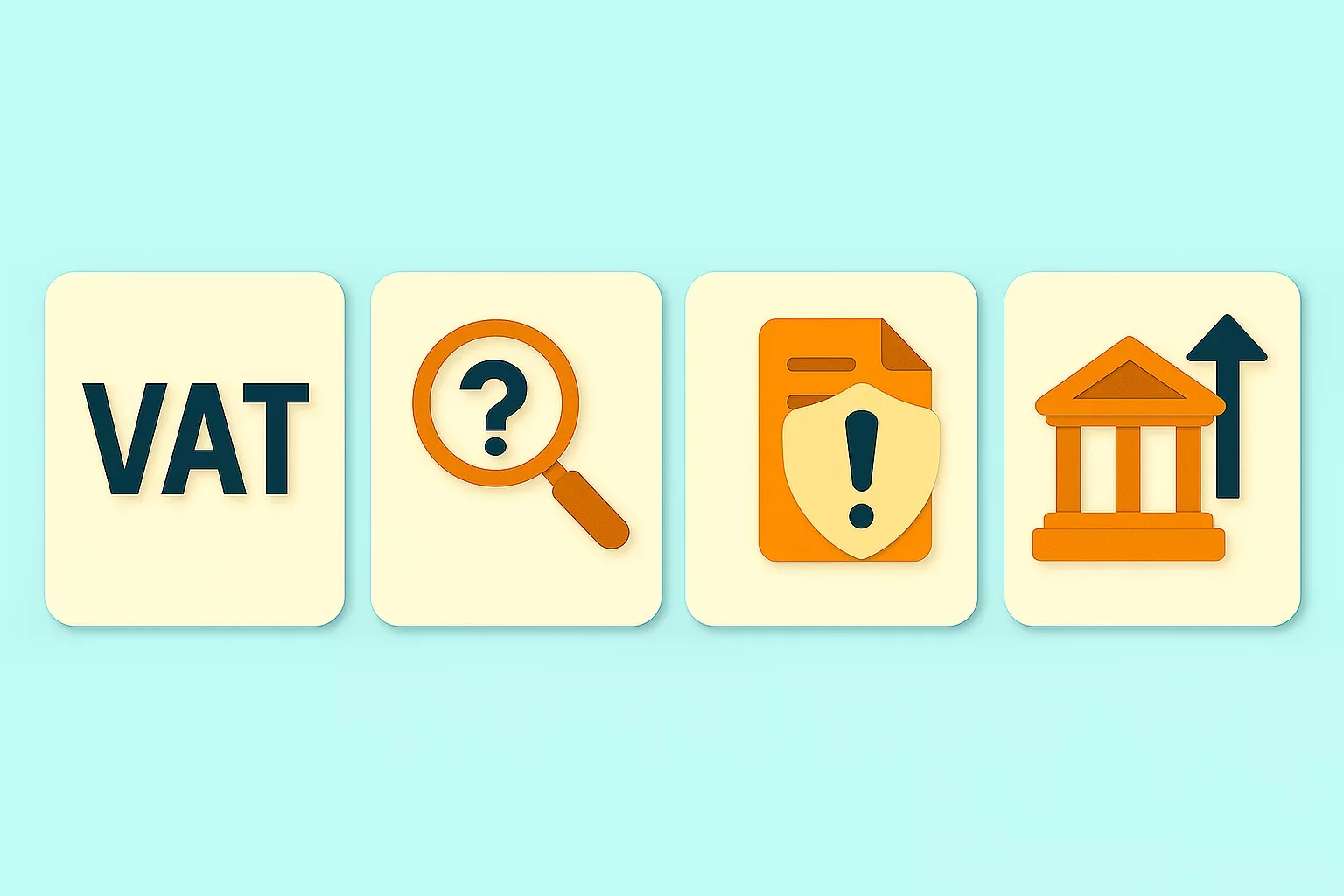
-mtqp3va9gb.webp)
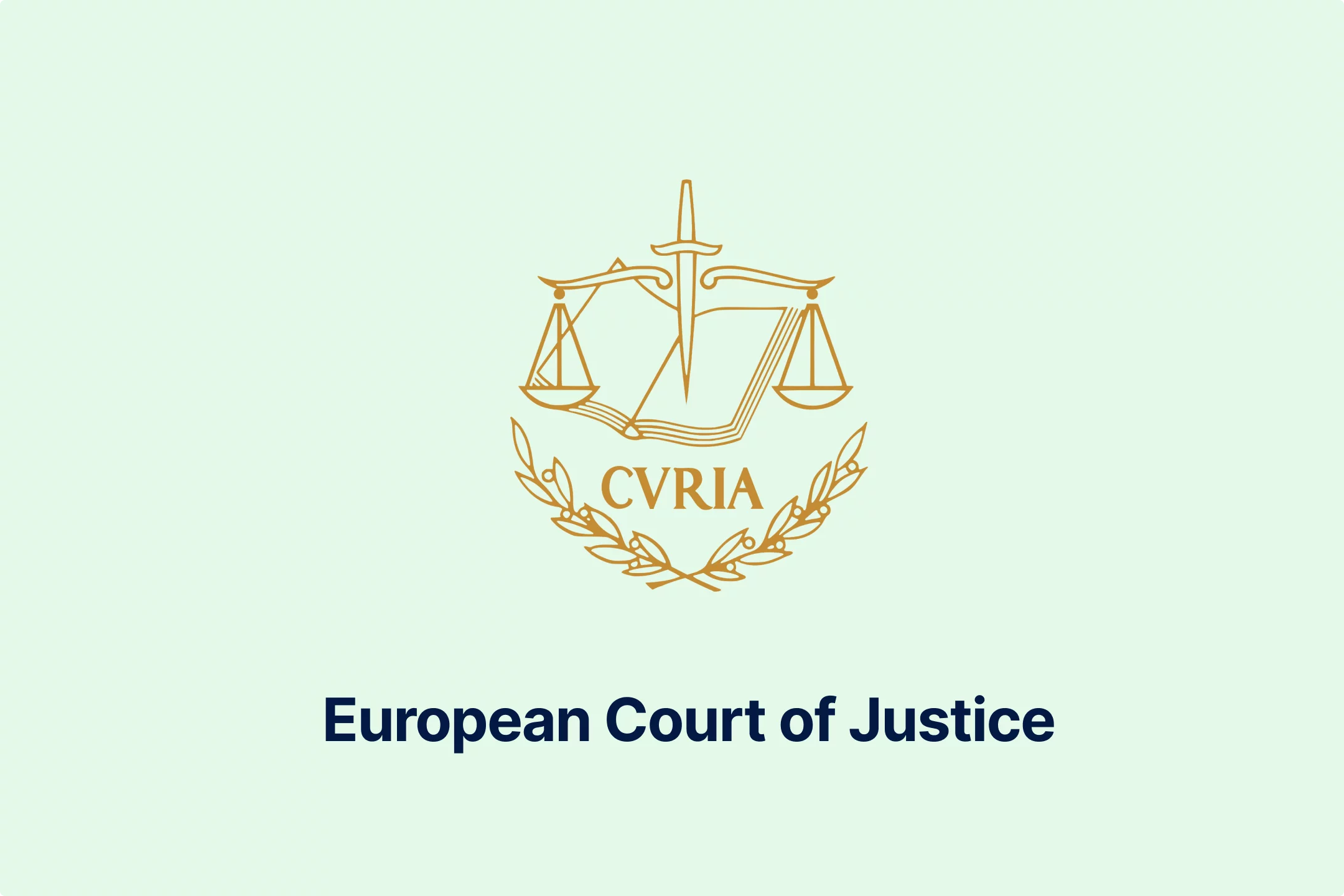
-3ewrn1yvfa.webp)
-591j35flz2.webp)
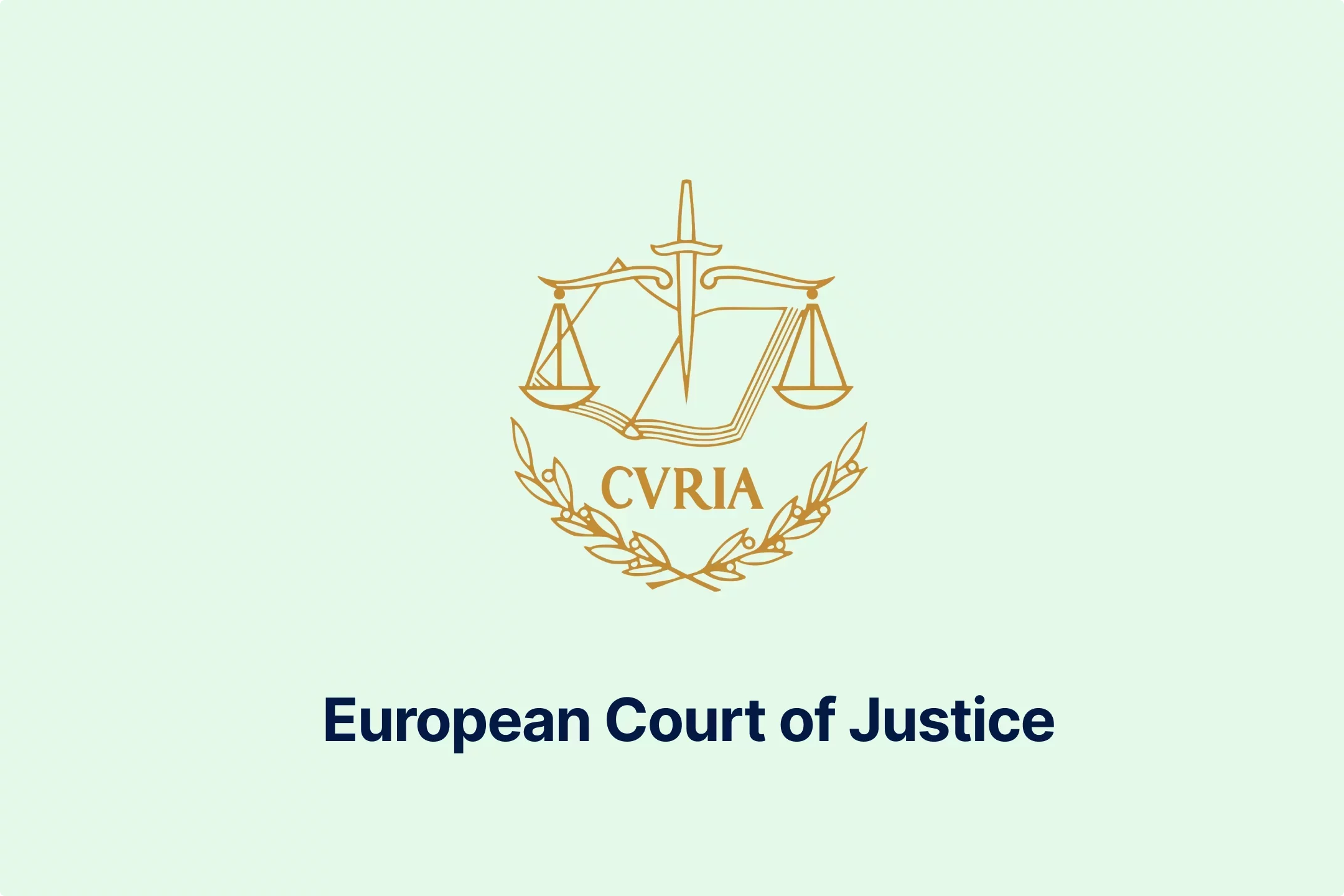
-huj3cam1de.webp)


-hafis0ii23.webp)

-qseaw5zmcy.webp)
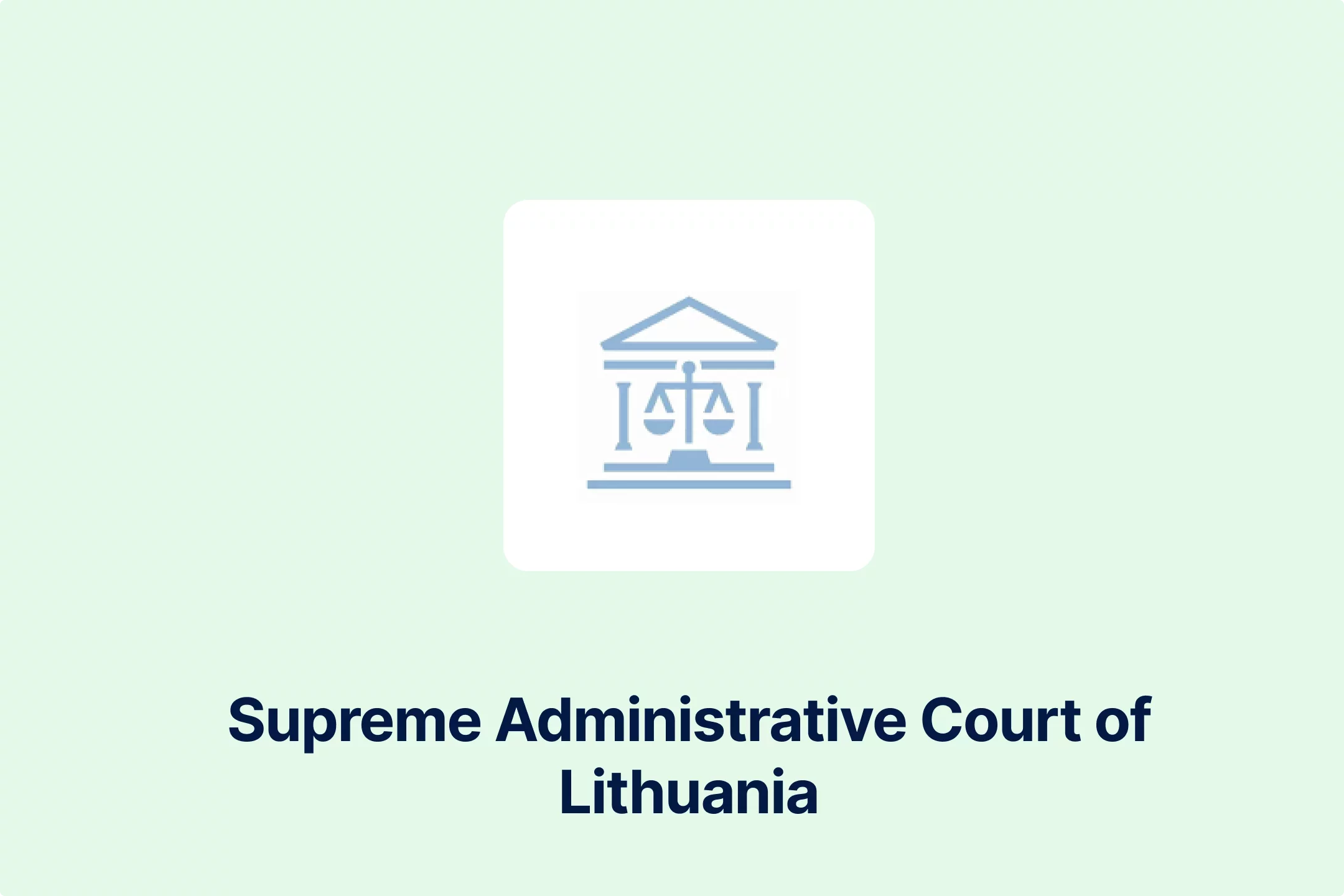


-qzsah2ifqx.webp)

-69rzooghib.webp)
-wrvng98m0g.webp)
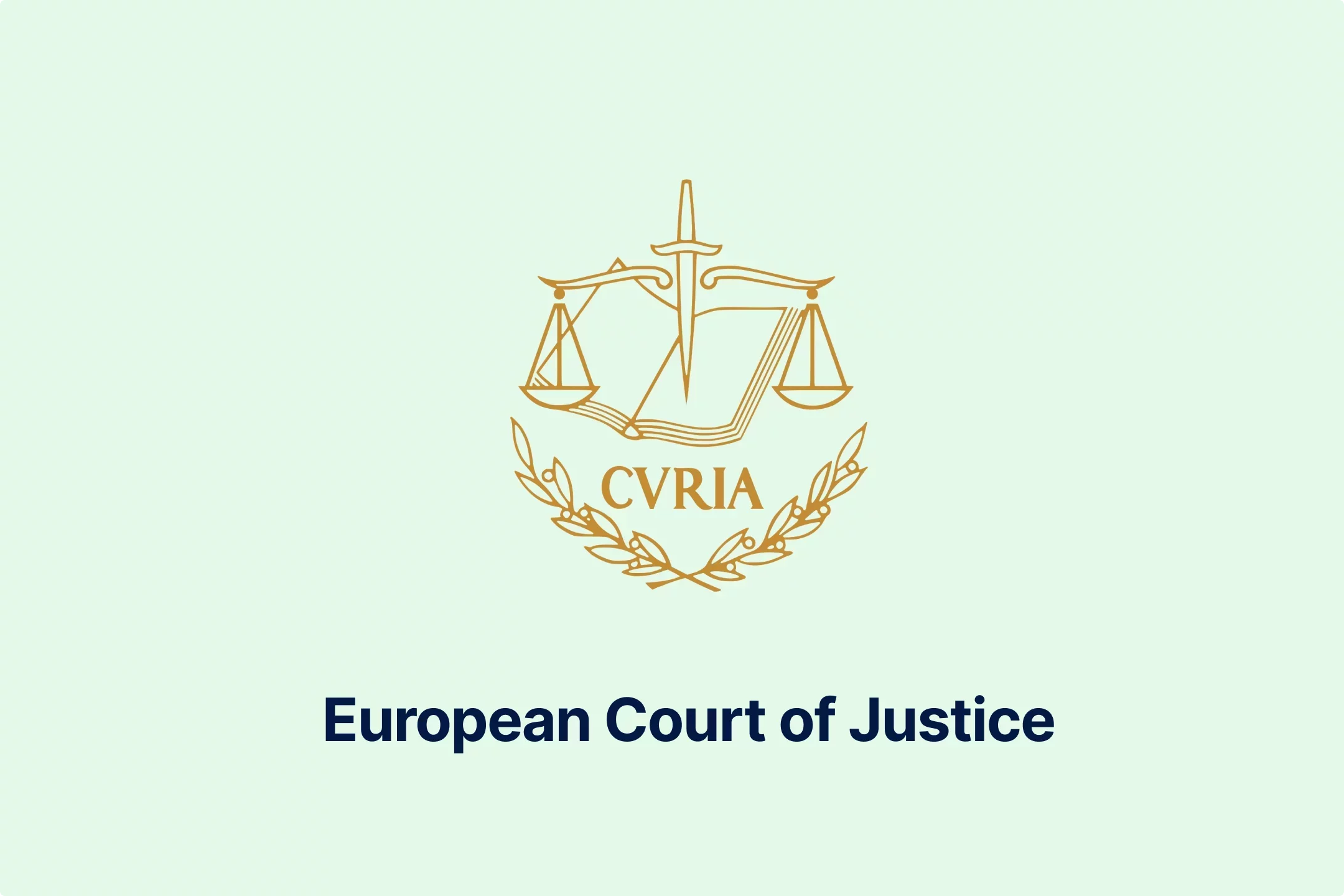
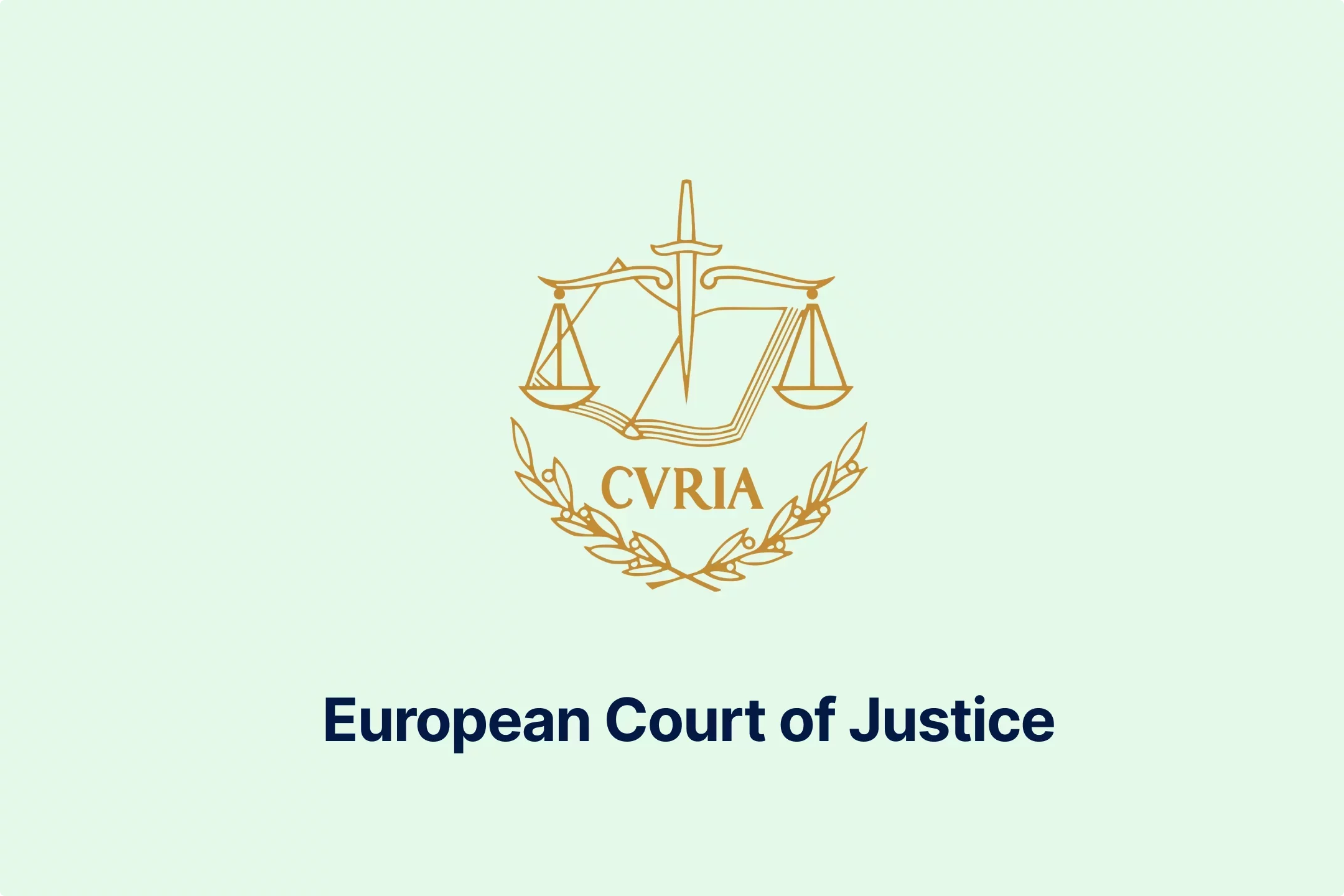
-psucycuxh2.webp)
-klyo8bn5lc.webp)



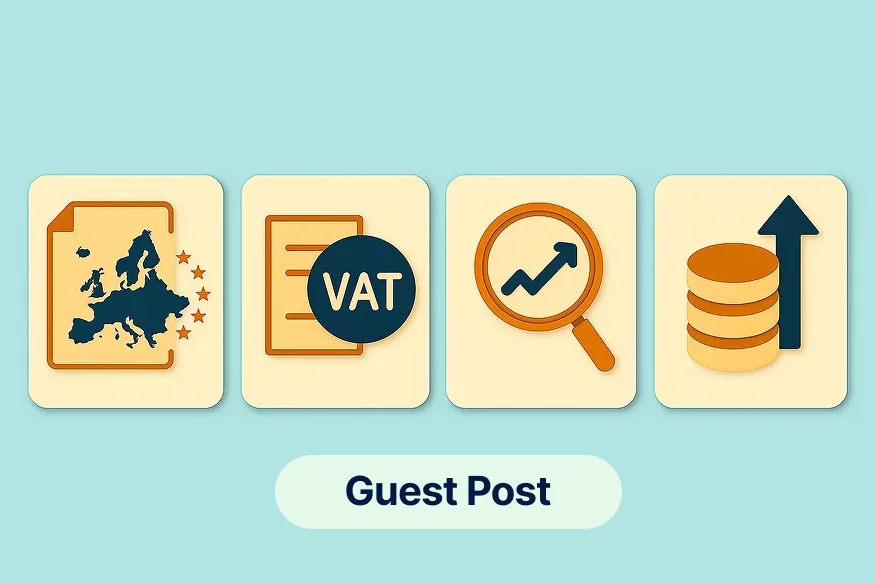
-6wv5h5eyyd.webp)
-tfgg78rbid.webp)
-a6jpv9ny8v.webp)
-qhdbapy0qr.webp)

-owvu7zoc13.webp)


-h28jrh1ukm.webp)
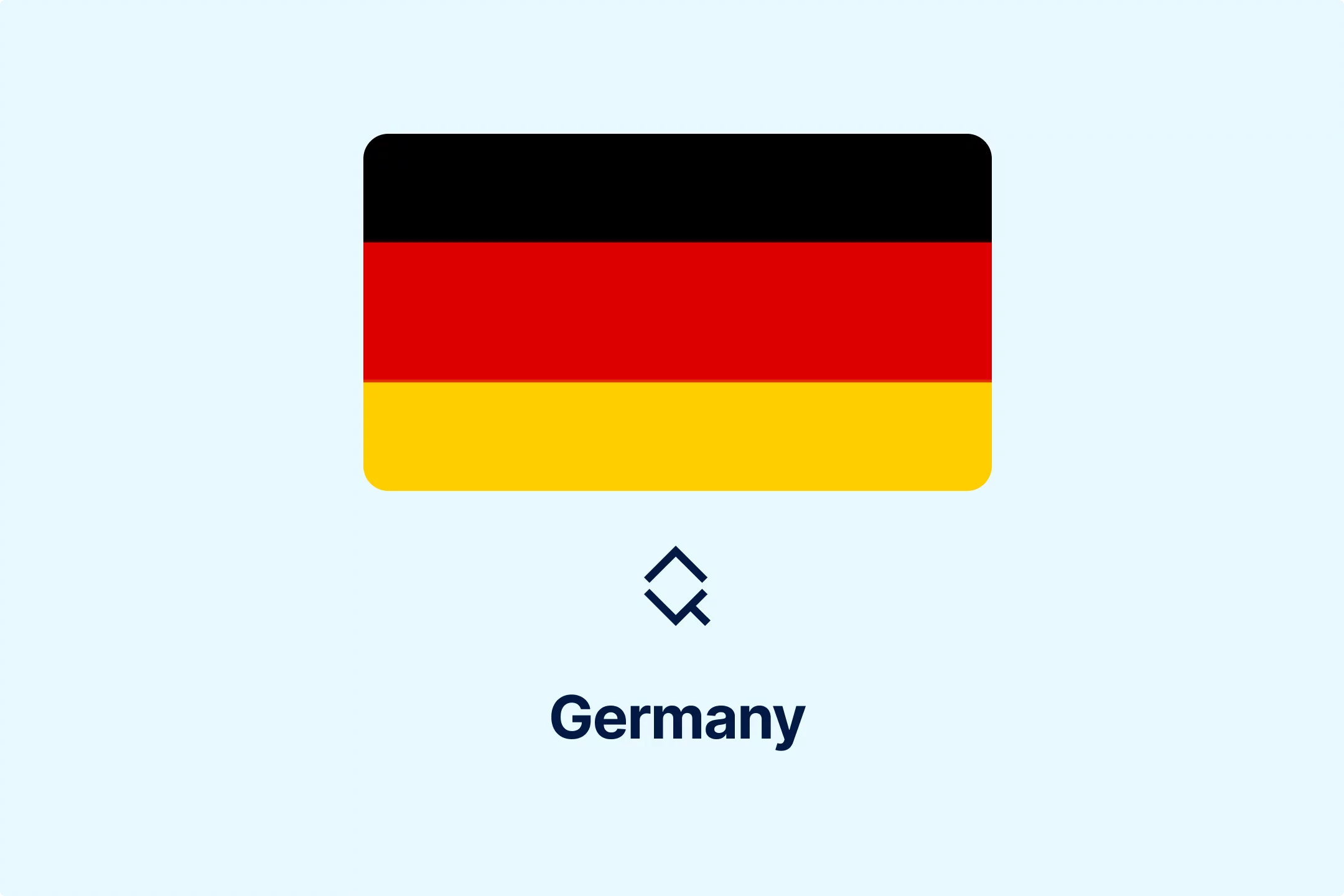
-wl9bl1rw3a.webp)
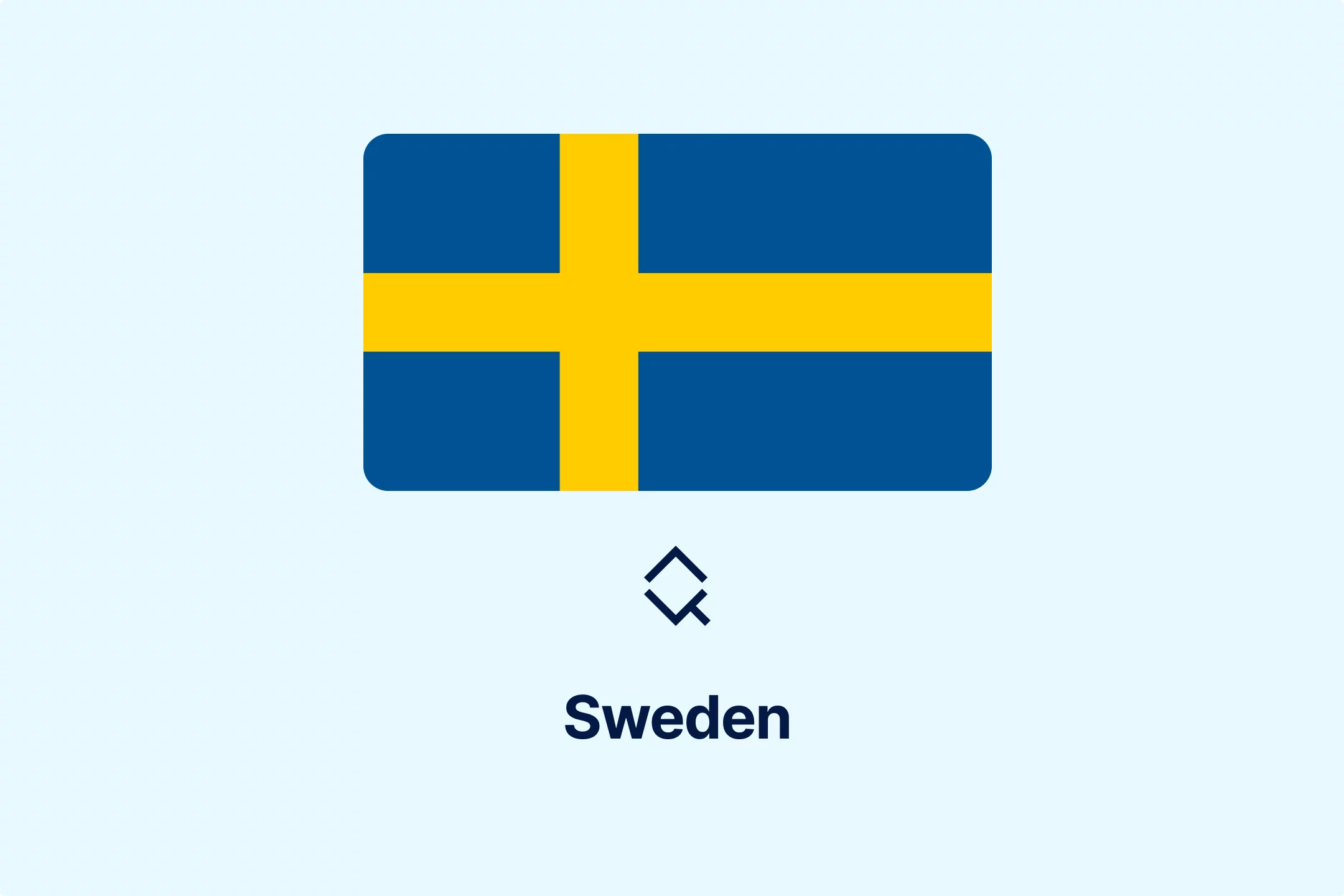
-2w76jtvtuk.webp)

-c0uvrmrq9j.webp)

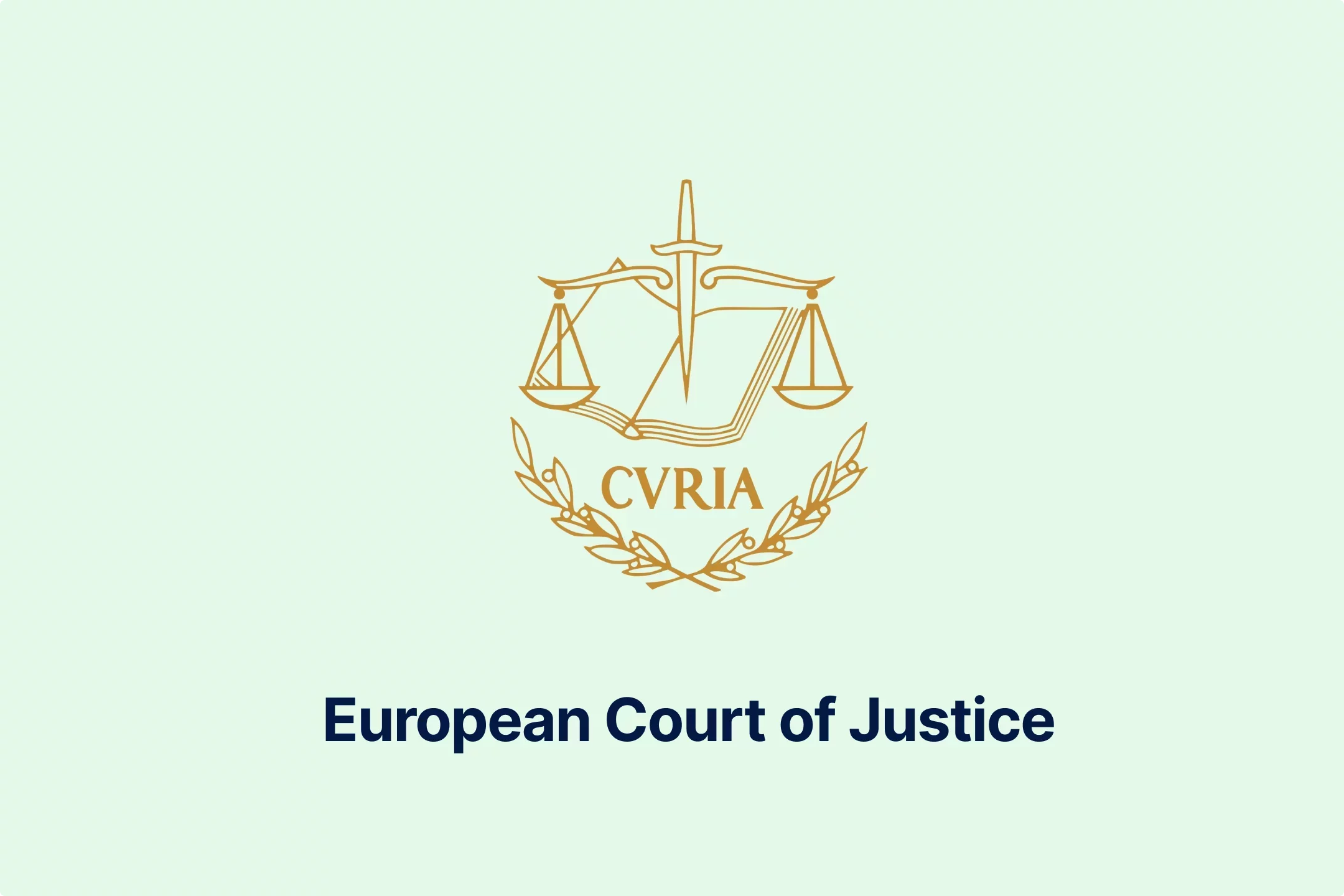

-pofe7ucwz3.webp)



-5cc23ezxyf.webp)
-rrmabbekeb.webp)
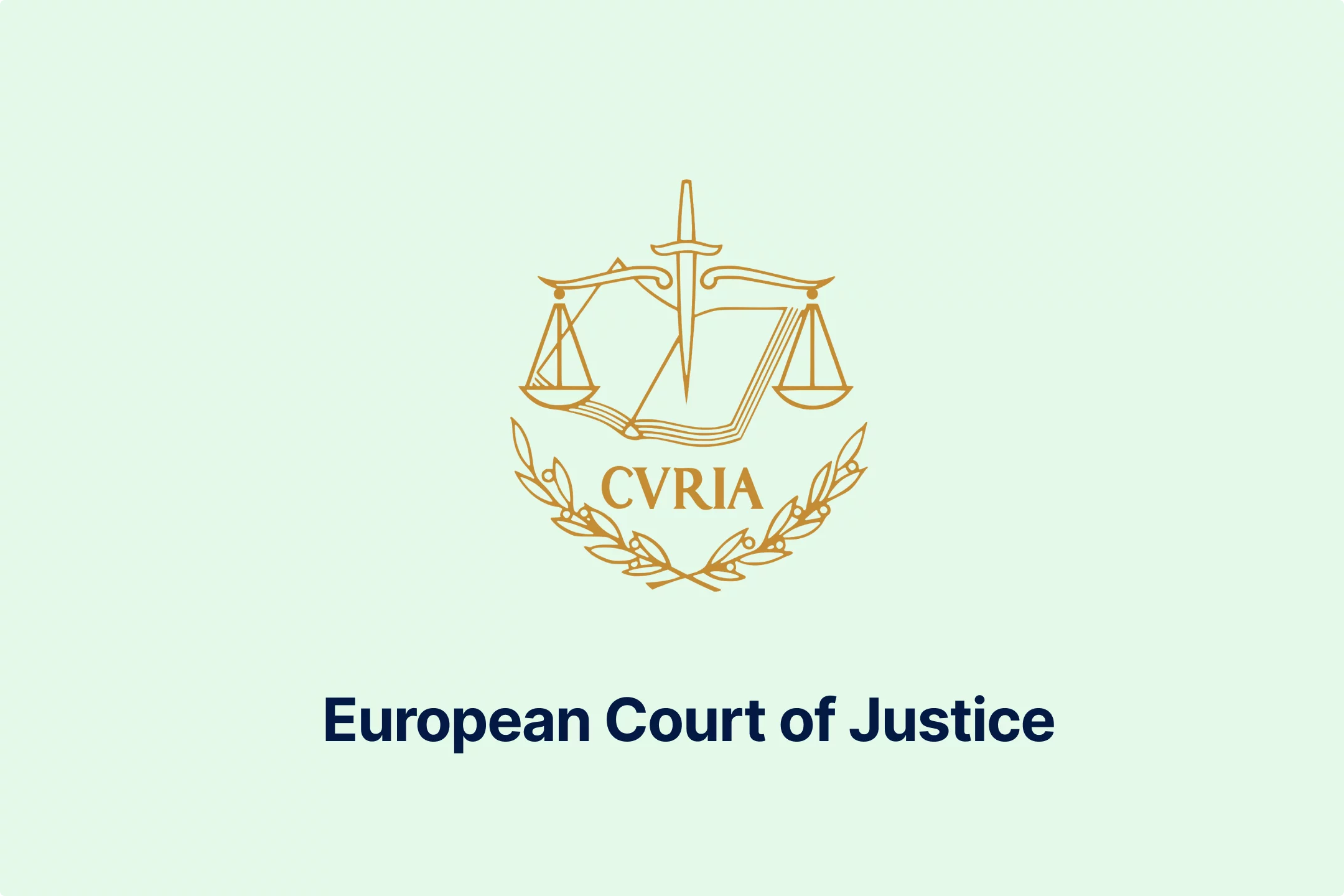


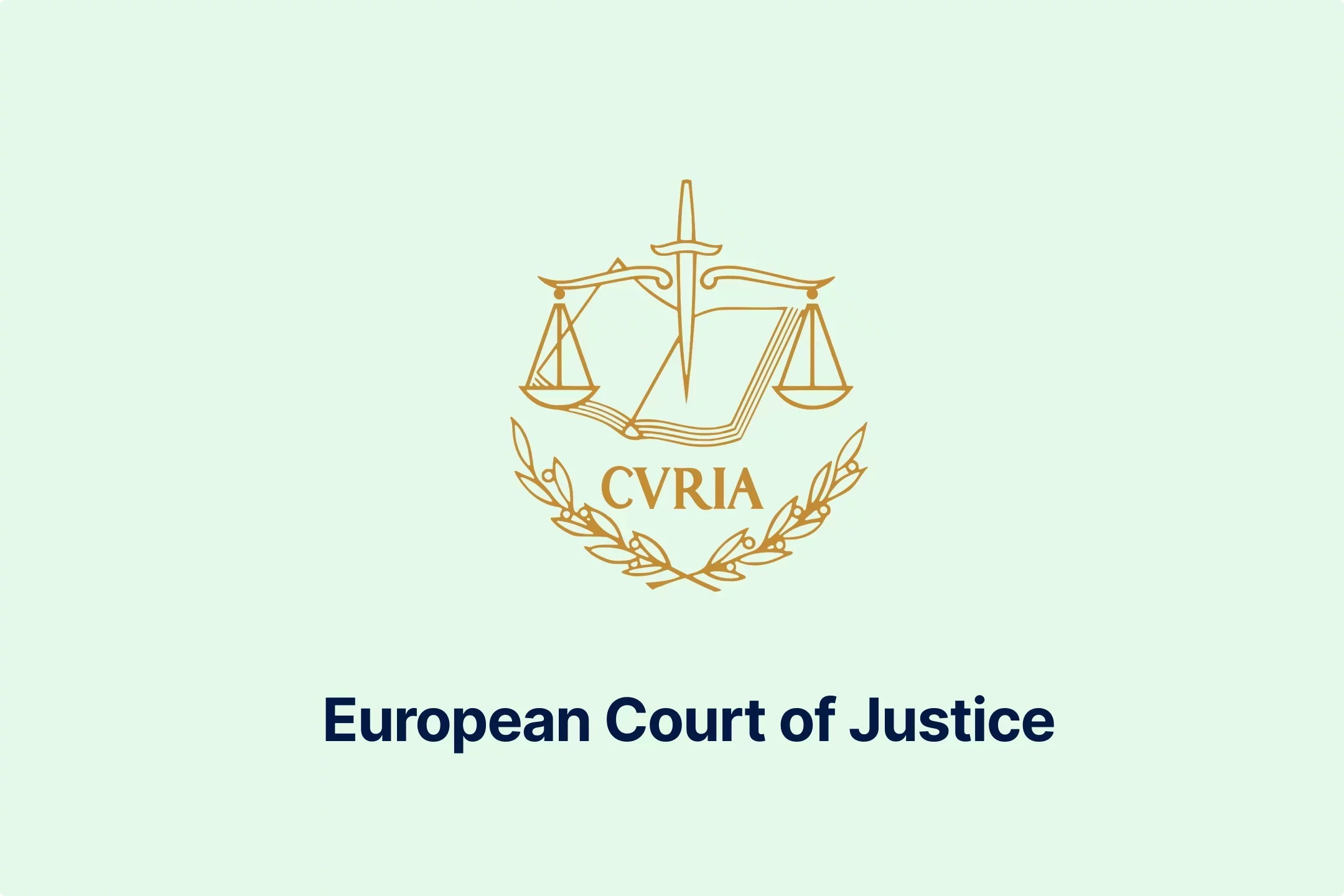



-iyyeiabtaf.webp)
-c8rbjkcs01.webp)
-nilkffjhah.webp)

-hikakq55ae.webp)

-z1d60bldtg.webp)
-d1a0q6n7mp.webp)
-viip8nvoeh.webp)
-bvv1otliox.webp)



-de8hdb1bn3.webp)

-cm0opezg73.webp)
-0tovsdupmi.webp)
-subxdamdj6.webp)


-gly6ablwnh.webp)
-gkduqhwbzh.webp)
-qpe1ld9vcj.webp)
-8noukwsmba.webp)
-aka29tuhkt.webp)


-fisvs27yrp.webp)


-mp0jakanyb.webp)

-aivzsuryuq.webp)



-o7f4ogsy06.webp)

-zjja92wdje.webp)
-hrbhdts8ry.webp)
-qtdkwpgkug.webp)


-cf8ccgah0p.webp)
-0em3cif5s6.webp)





-ptzesl0kij.webp)

-tfzv42pyms.webp)






-uodv7sfbih.webp)
-bbrdfmm9qf.webp)



-m2tl8crfqr.webp)




-1awbqjgpjs.webp)
-avbjsn1k1g.webp)


-0h8ohkx6s0.webp)



-wfmqhtc7i6.webp)
-7wljbof2zo.webp)

-eqt97uyekl.webp)
-wzw9mcf563.webp)

-z4oxr6i0zd.webp)




-fhtic1pwml.webp)

-iipdguuz9p.webp)
-nkhhwrnggm.webp)
-pltqwerr3w.webp)

-nn6mtfbneq.webp)

-tmnklelfku.webp)



-8z1msbdibu.webp)
-7g16lgggrv.webp)



-lxcwgtzitc.webp)
-9mc55kqwtx.webp)


-xla7j3cxwz.webp)
-jrdryw2eil.webp)





-t9qr49xs2u.webp)


-qjopq5jplv.webp)



-vune1zdqex.webp)

-rgjta7iwiv.webp)

-zb6bxxws47.webp)
-lyfjzw4okp.webp)

-ogpfmol5m1.png)


-czisebympl.png)

-zetvivc79v.png)
-ud7ylvkade.png)
-qizq6w2v5z.png)







-ihr6b4mpo1.webp)
-k1j4au0ph6.webp)
-swxxcatugi.webp)


-ig9tutqopw.webp)

-tauoa6ziym.webp)

-spr0wydvvg.webp)
-xfuognajem.webp)





-u2nv5luoqc.webp)








-opuxpan2iu.webp)




-kwttsfd8ow.webp)
-8u14qi10nj.webp)

-wjpr96aq5g.webp)

.png)

.png)


.png)


.png)



.png)
.png)
.png)
.png)
.png)

.png)
.png)




.png)
.png)



































































































































